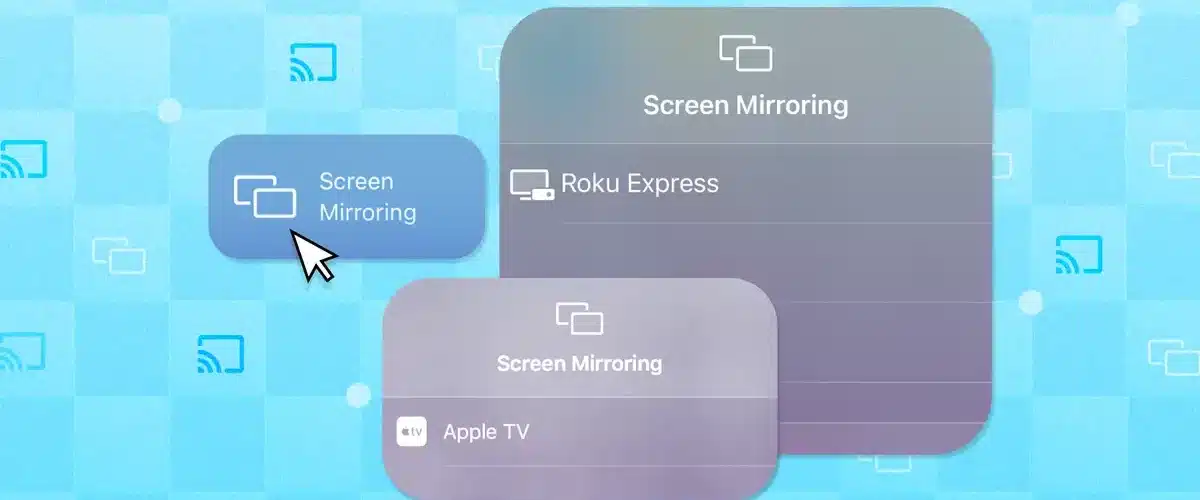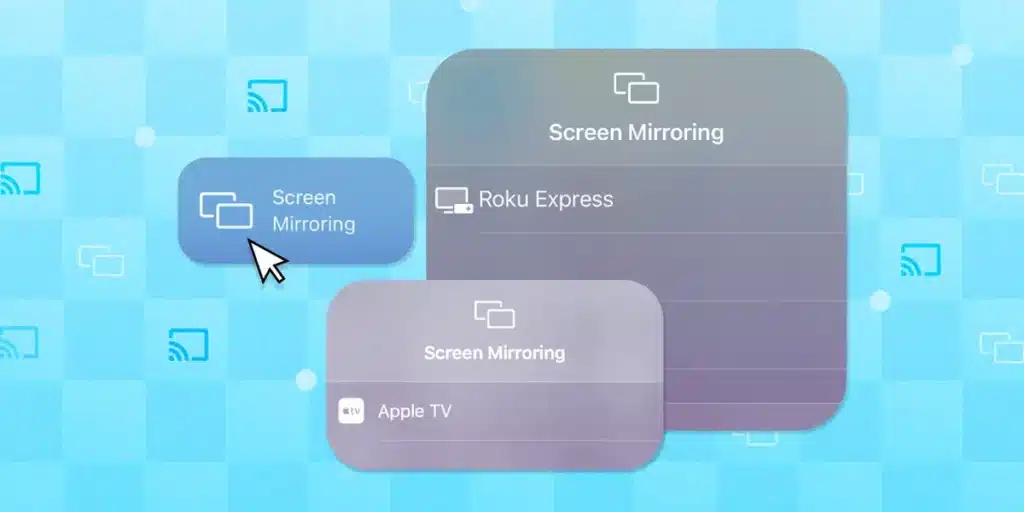Table of Contents
Airplay Mirroring iPhone to TV Troubleshooting?
Airplay Mirroring iPhone To TV? With mirroring, you can share your iPhone screen with a compatible TV set. It’s an easy way to replay videos, display a photo library, present slideshows, or communally browse social media.
To start, connect your iPhone to the same Wi-Fi network as an Apple TV, AirPlay-compatible smart TV, or Mac. Then, open Control Center on your iPhone.
How to Use?
Airplay mirroring is a convenient way to broadcast what’s on your iPhone to a bigger screen for everyone in the room to see. With screen mirroring, you can play videos, show a presentation or work on a spreadsheet. It’s also easy to control video content using your Apple TV remote, and you can even pause, fast forward or rewind.
To get started, make sure that your iPhone and TV are on the same Wi-Fi network. Then, open the iPhone’s Control Center and tap “Screen Mirroring.” Choose your TV from the list of available devices and enter the code displayed on the TV to connect.
This method is particularly useful if you’re staying at a hotel and want to watch a movie on the big screen, or if you want to give a presentation in front of a group of people. You can also use it to share your favorite apps with family and friends, or just take advantage of a larger display when watching videos or playing games.
Another way to mirror your iPhone to a TV is to use an HDMI cable. This is a simple, inexpensive option that works great for many users. You can find these cables at most local electronics stores, and they’re a lot less expensive than Apple TV or Roku devices.
Getting Started:
A number of Android TVs now work with screen mirroring, allowing you to stream your mobile phone’s display onto the big screen. It’s an easy way to replay videos, show off photos, or communally browse social media. To start, open Control Center on your iPhone (swipe down from the top of the screen on iPhone X and later, or swipe up from the bottom of the screen on older iPhone models). Tap the screen mirroring button to connect to the TV. If prompted, enter the passcode on your TV to finish connecting.
You can also use Apple’s AirPlay to connect your Mac to an HDTV, if the Mac and TV are on the same Wi-Fi network and the TV supports AirPlay mirroring. If your Mac has a USB-C port and is running macOS Monterey or later, you can enable the feature in the menu bar by clicking the AirPlay icon and choosing Mirror Built-in Display or Use as Separate Display.
Once you have your iPhone connected to an AirPlay-compatible TV or Mac, convenient built-in controls appear in apps, on the lock screen, and in Control Center so you can easily play, pause, fast forward, or rewind. You can even ask Siri to play a specific movie or TV show, and watch it on your bigger screen.
Troubleshooting:
The AirPlay mirroring feature on iPhone is a convenient way to share your screen, audio, videos, and photos with other devices. However, it can be frustrating when the feature doesn’t work as expected. Fortunately, there are a few simple troubleshooting steps you can take to get the issue resolved.
First, make sure that the TV or device is compatible with Apple AirPlay. To do this, open the Control Center (swipe down on newer iPhone models or swipe up on older ones) and tap “Screen Mirroring.” If you’re prompted to enter a passcode, follow the on-screen instructions. Then, make sure that both your phone and the device you want to use are on the same Wi-Fi network. You should also check that both devices have the latest version of iOS.
If the problem persists, try restarting both your phone and the device. This can fix many issues that are caused by small software glitches. You should also ensure that both your phone and the device you’re using are not running any background apps. These apps can interfere with the screen mirroring process and cause the feature to fail. If this doesn’t help, you may need to contact the manufacturer for additional assistance.
Conclusions:
Screen Mirroring works by sending the contents of your iOS device to your TV. Allowing you to control media playback with the Apple TV Remote. Both your iPhone and the television must be on the same Wi-Fi network to use this feature. To activate it, open Control Center and select Screen Mirroring. Then, choose the iPhone you want to mirror to and follow any prompts (you may be prompted to enter a passcode displayed on the target device).
AirPlay was introduced in 2010 and received an update with the release of AirPlay 2, which brought multi-room audio, HomeKit integration, and Siri support. The protocol is designed to work with many different types of devices, including wireless speakers from brands like Bose and Sonos, as well as smart TVs from the major players in the industry.
The main limitation of Apple’s technology is that it only works with devices on the same Wi-Fi network. While hackers could theoretically attempt to hack into the Wi-Fi signal to get access to your content. It would be incredibly difficult and time consuming.
Other Wi-Fi streaming protocols, such as DLNA, offer more interoperability with other hardware devices and platforms. DLNA-certified devices can connect to NAS or wired storage for media. And allow you to control them with a single device, reducing the need for iTunes.






Add comment